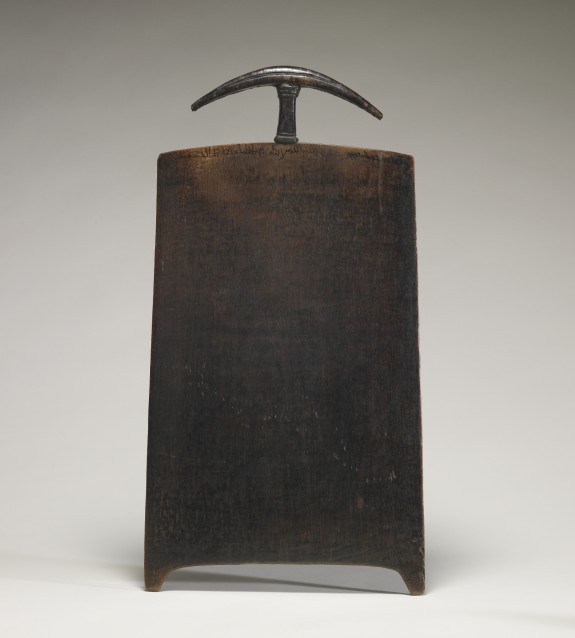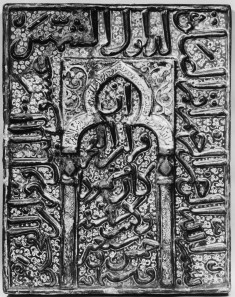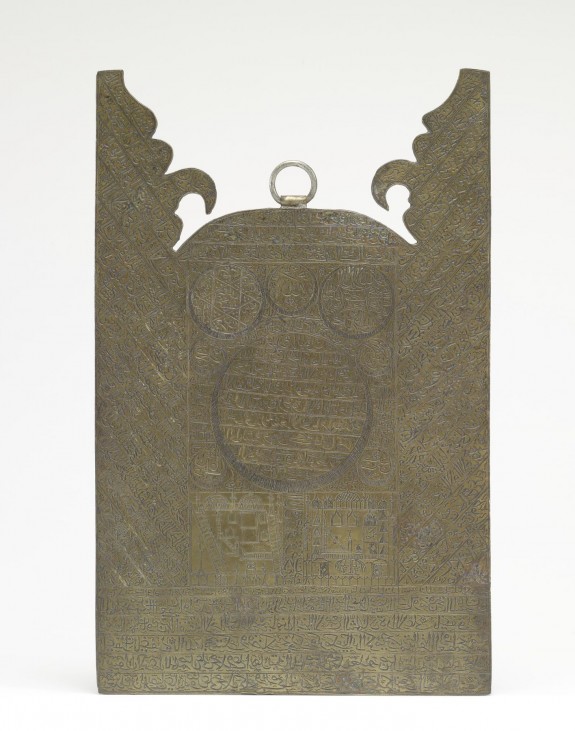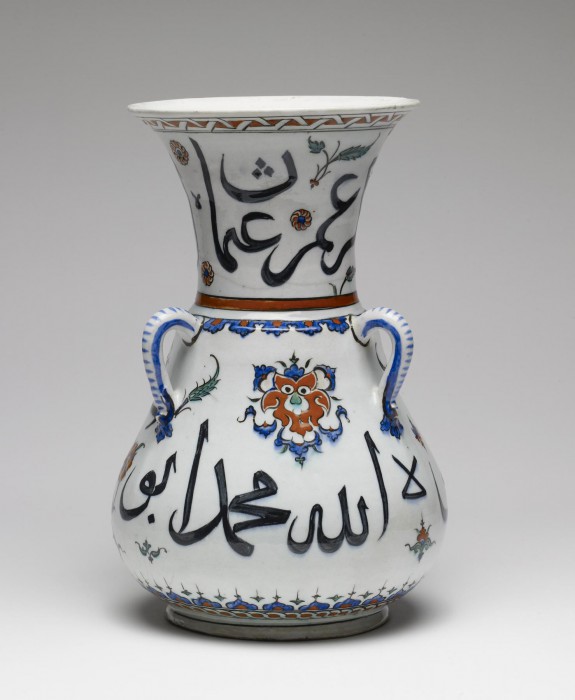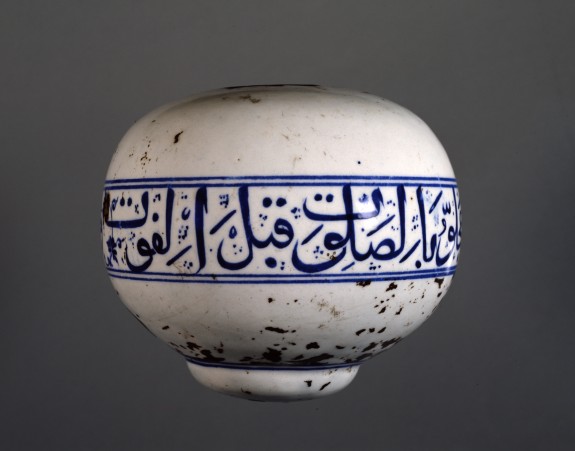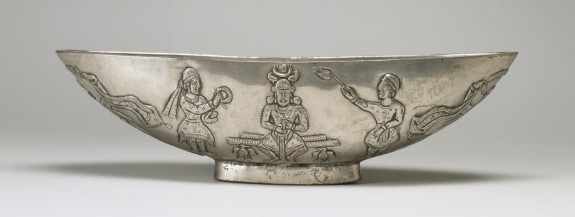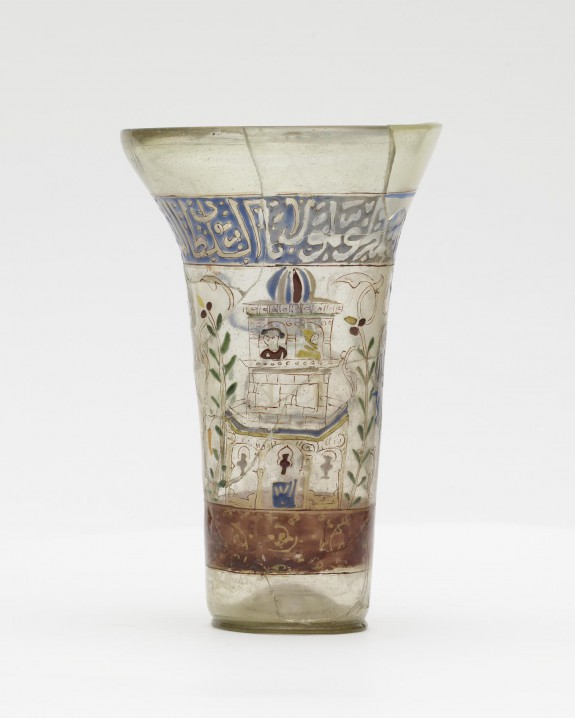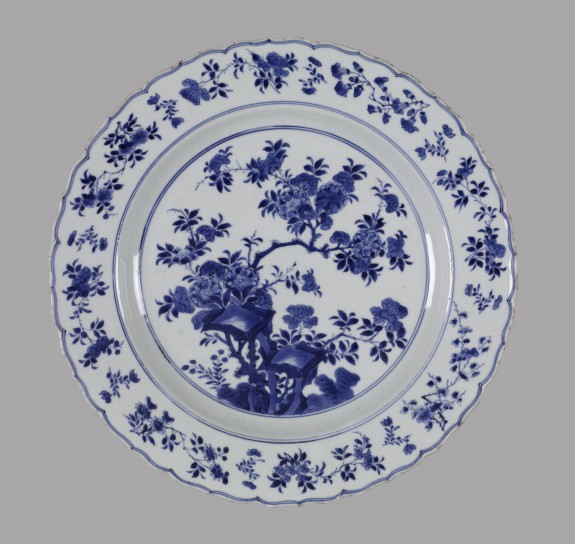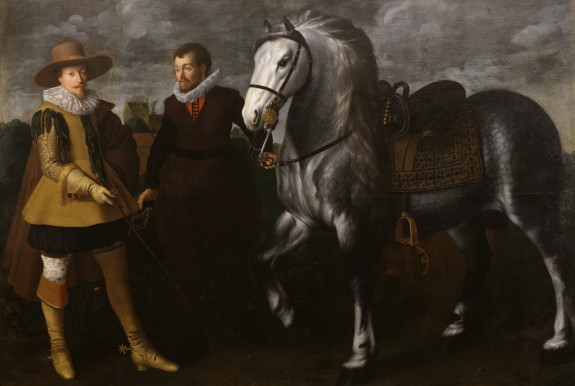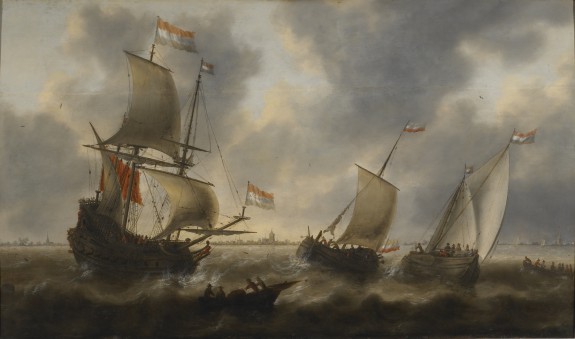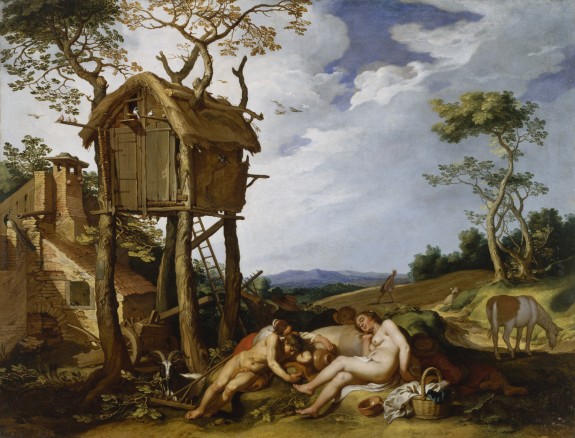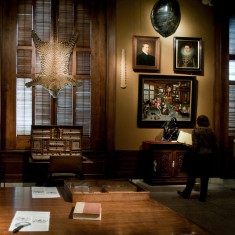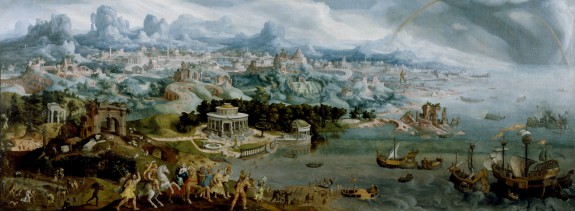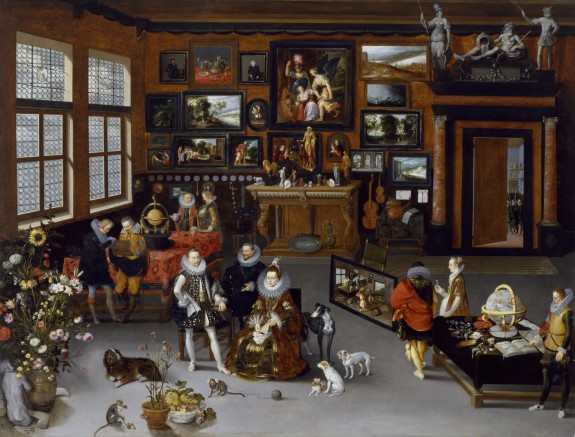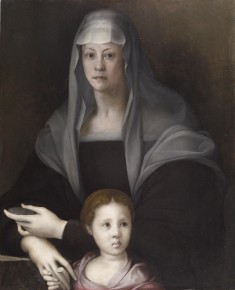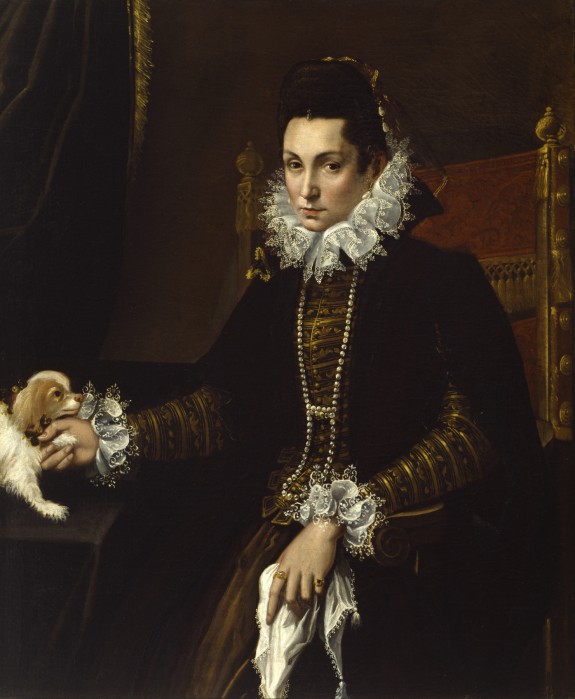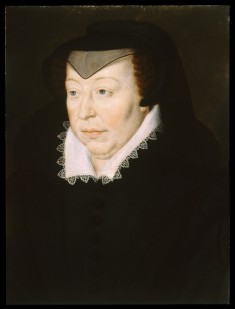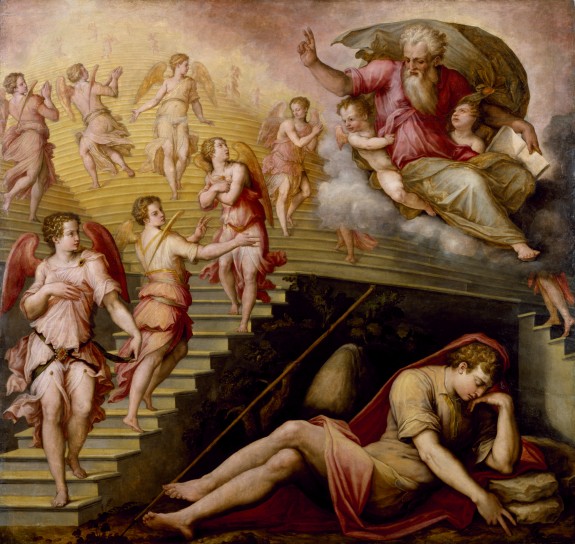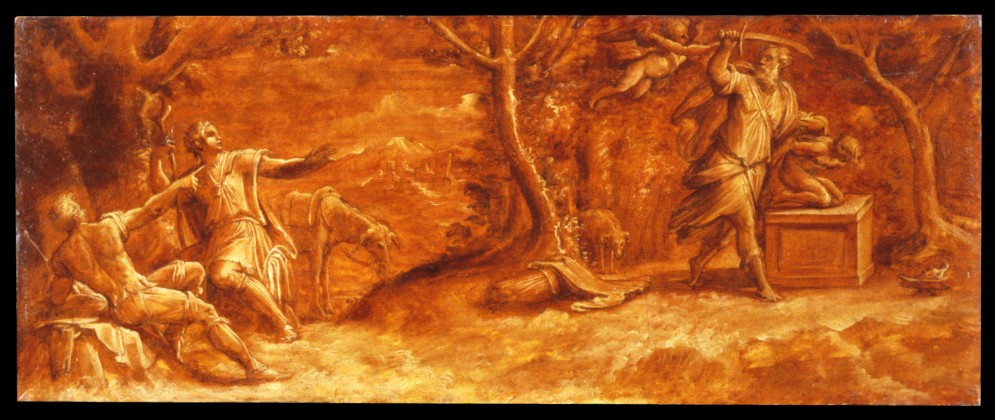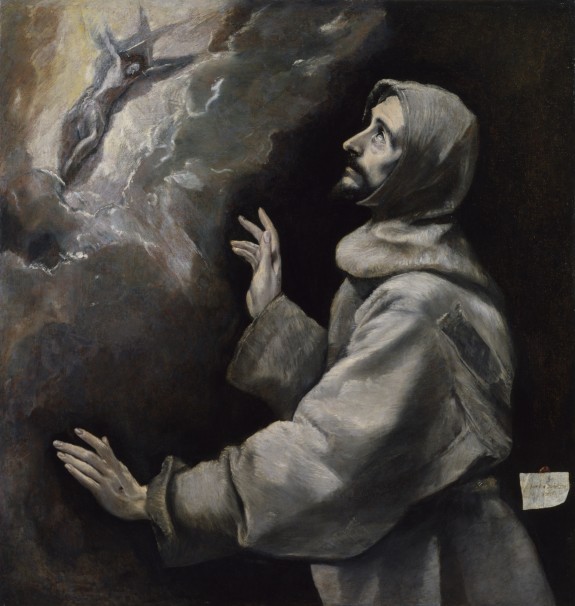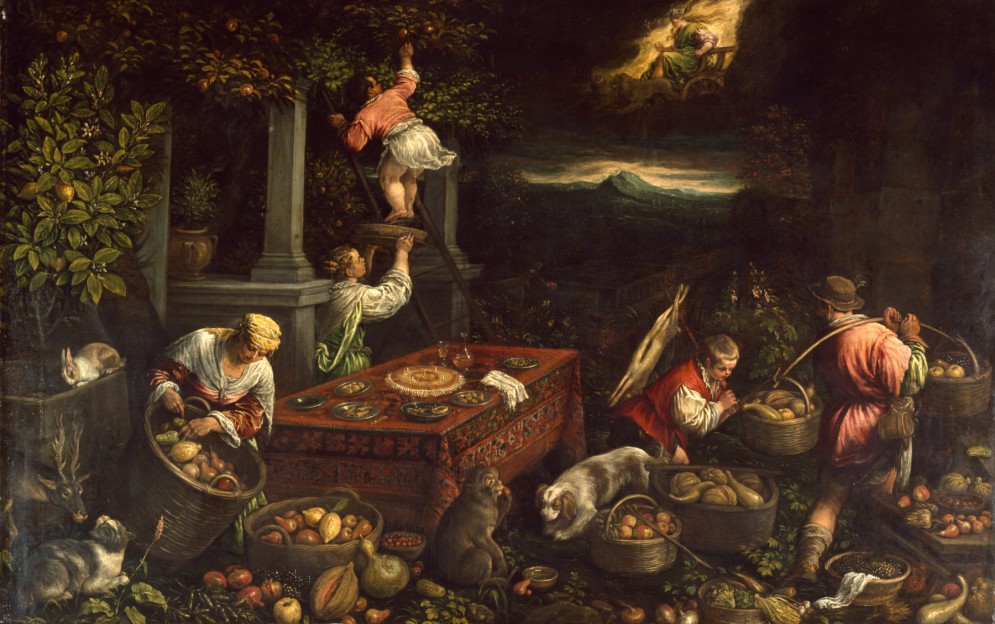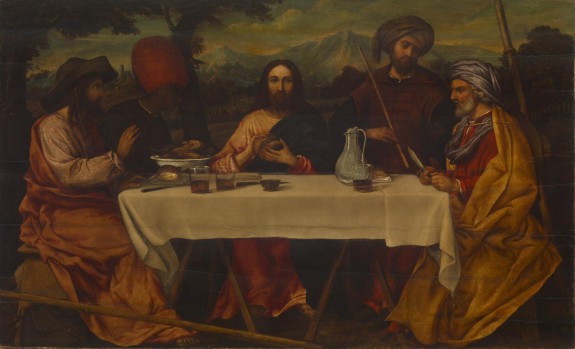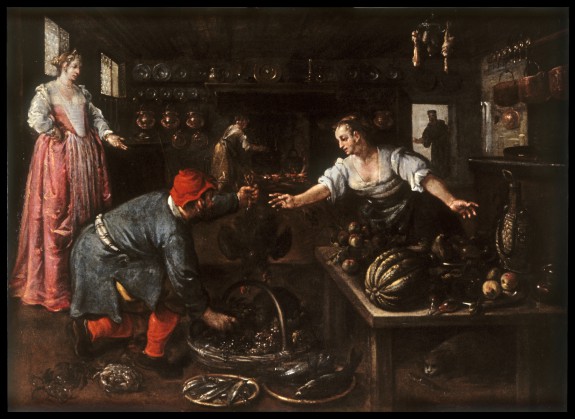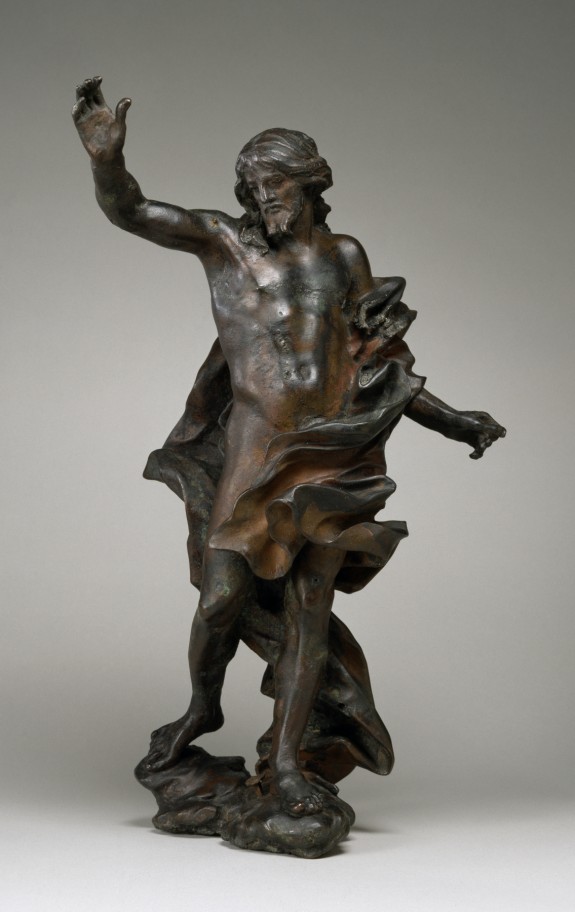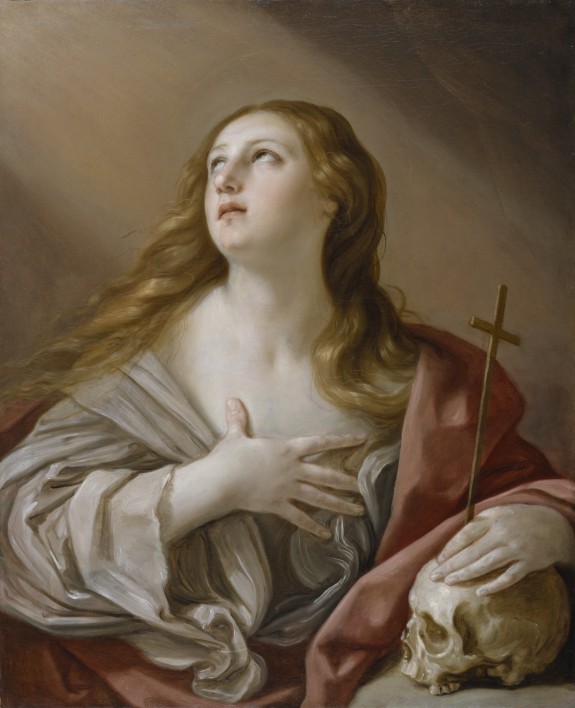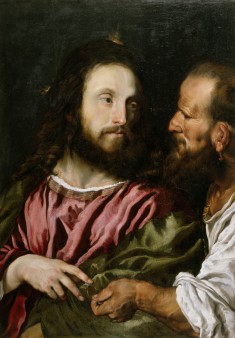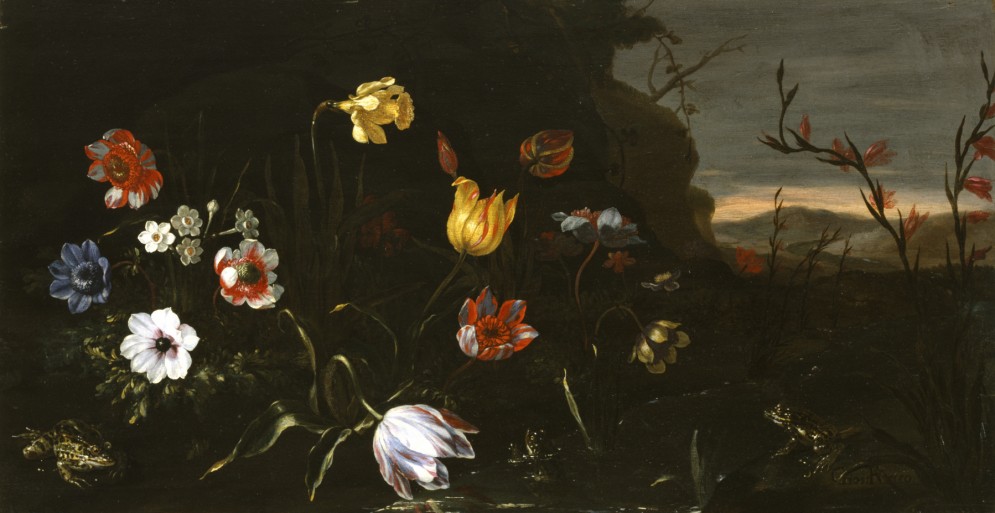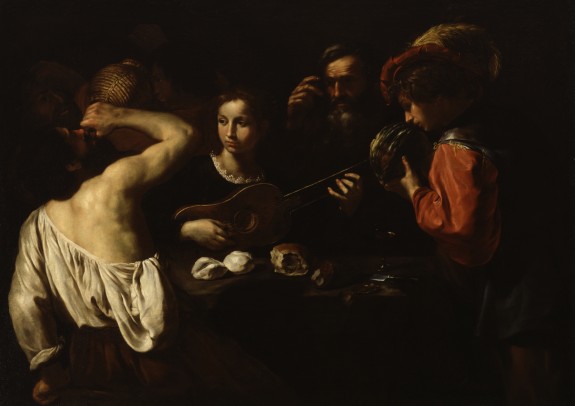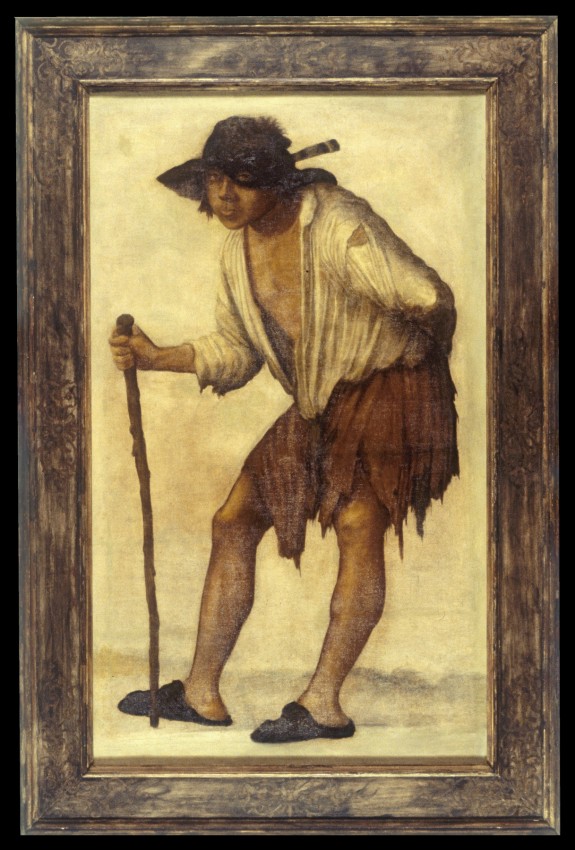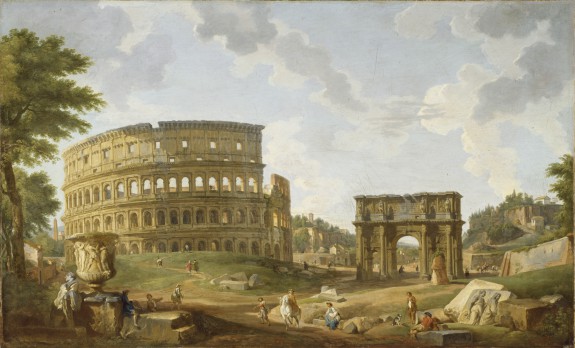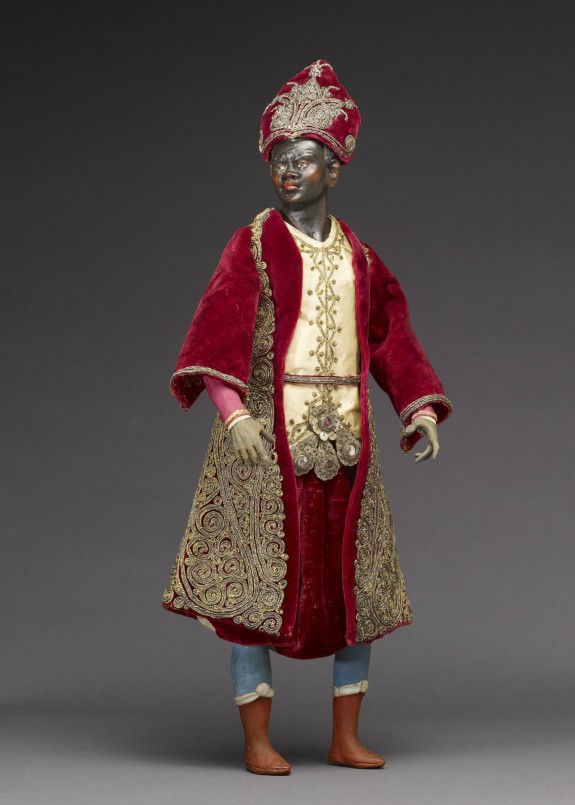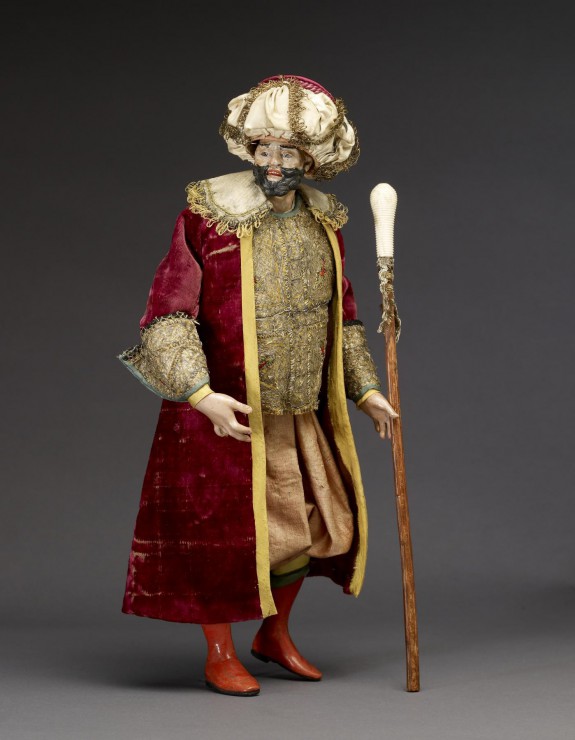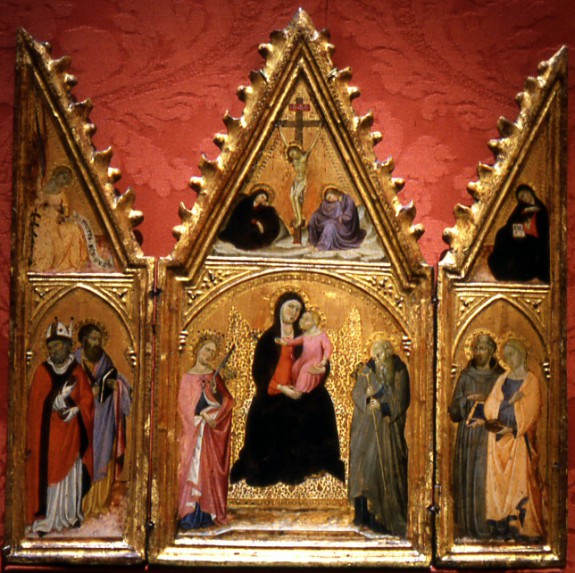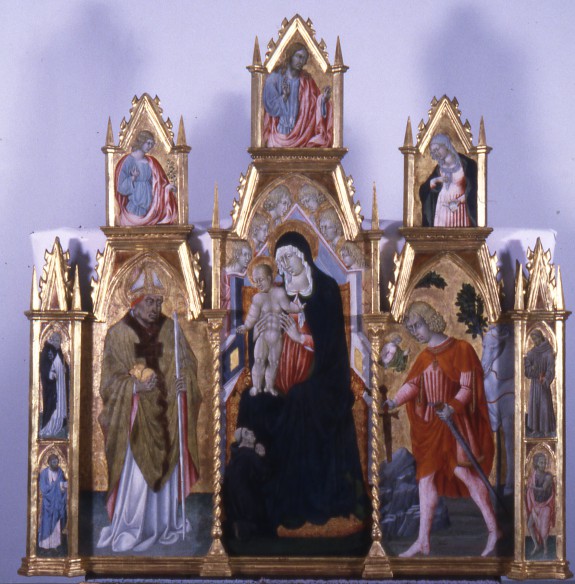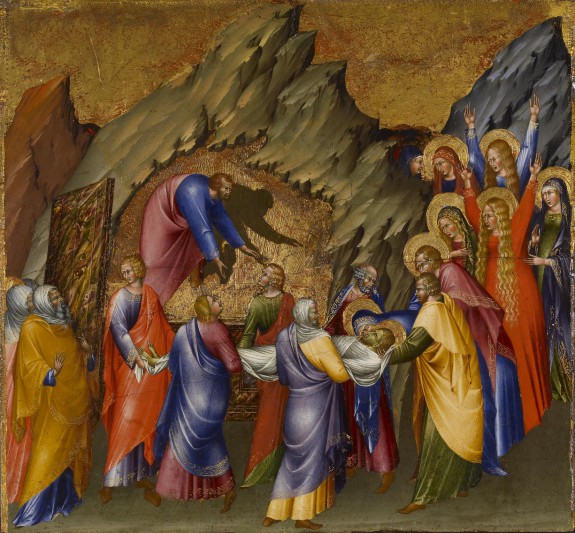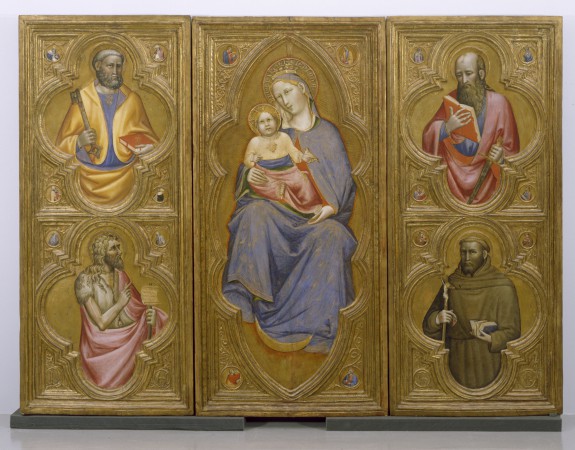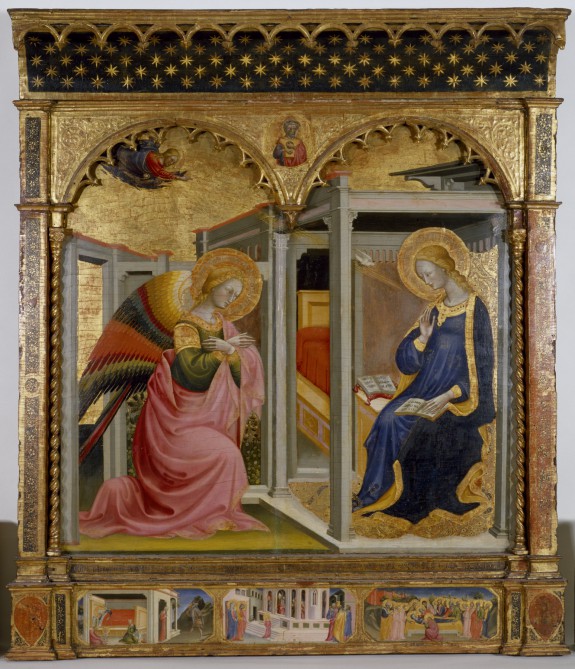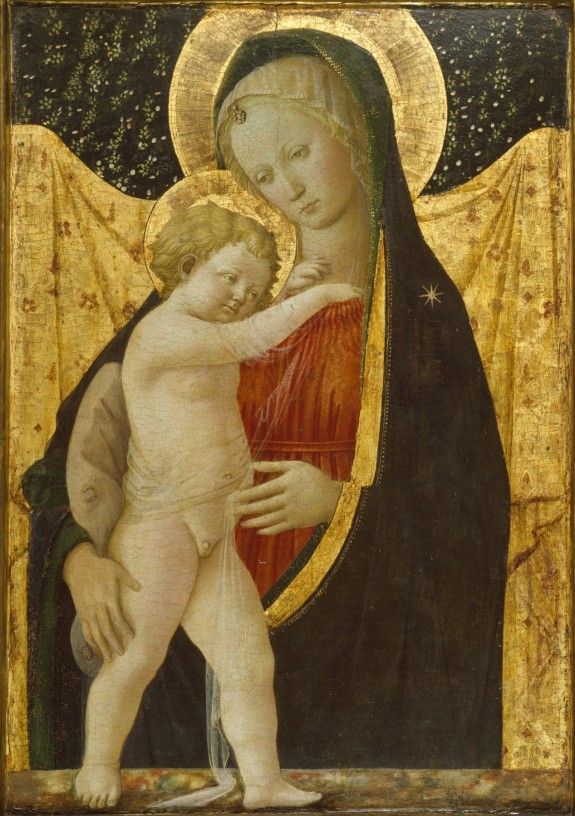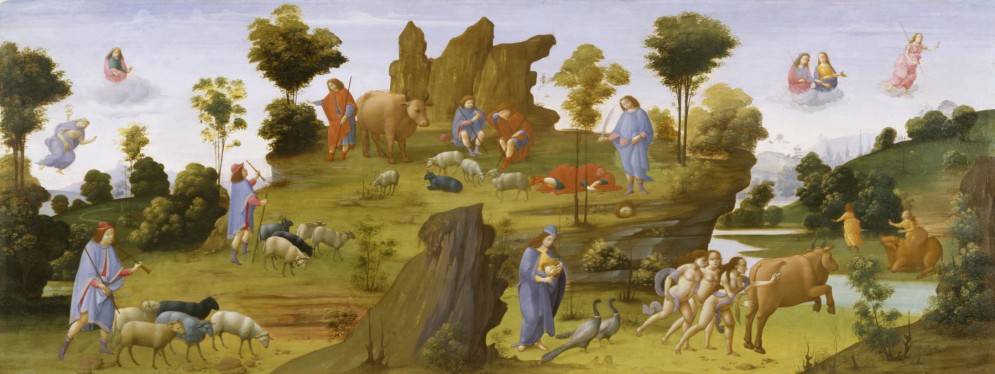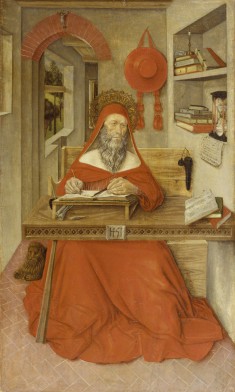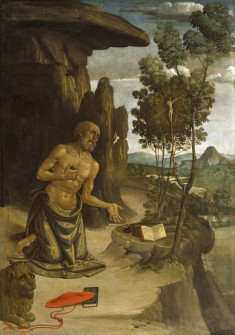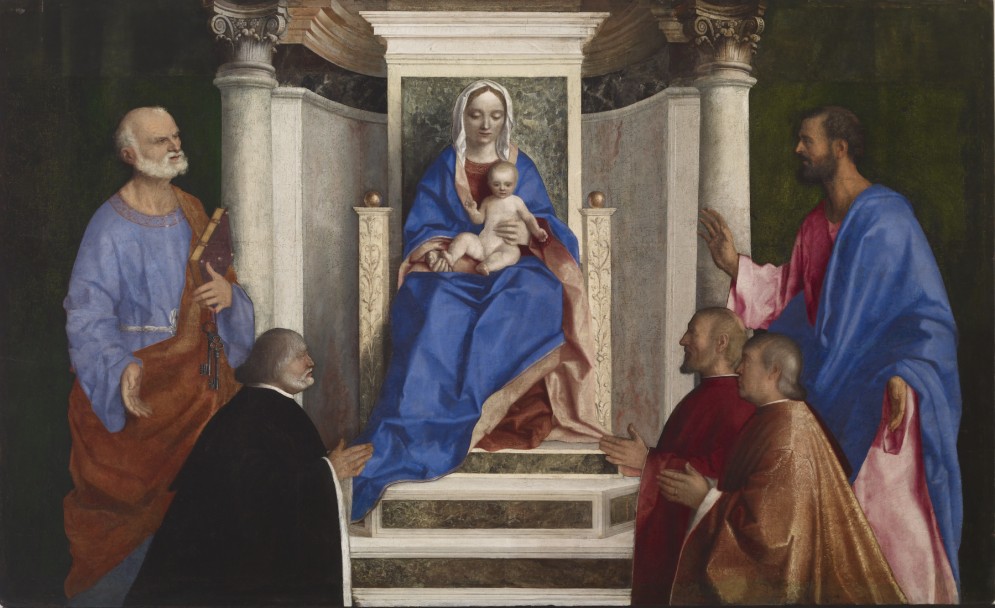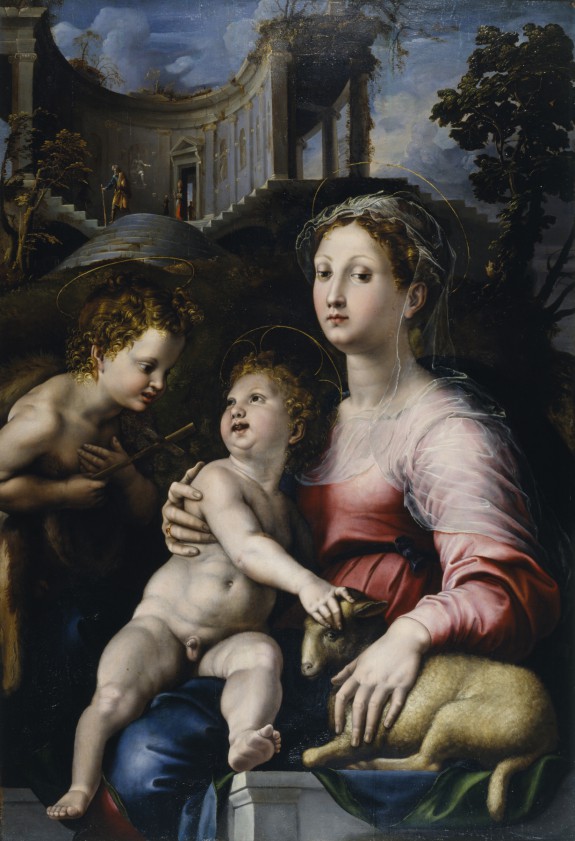On October 16 we met with Amy L to discuss Islamic art at the Walters.
Amy first noted that almost all Islamic objects in the current collection were purchased by Henry Walters. Very few have been acquired since his bequest. A relatively small collection of 1200 objects was bequeathed, and of course not all of them are on view.
The study of Islamic art is humbling, covering as it does a huge geography, a multitude of languages and diverse ethnic groups. It is also misunderstood by many people, who draw conclusions based on a few known facts.
Amy assumed that we had knowledge gleaned from reading our Art History texts, so she jumped right in. The following are excerpts from the Heilbrunn Timeline of Art History as background; many of the same points were made by Amy in her discussion:
Born in Mecca, in western Arabia, Muhammad (ca. 570–632) received his first revelation in 610. Muslims believe that the word of God was revealed to Muhammad by the archangel Gabriel in Arabic. These revelations were subsequently collected and codified as the Qur’an (literally "recitation" in Arabic), the Muslim holy book. As the source of Muslim faith and practice, the Qur’an describes the relationship between an almighty and all-knowing God and his creations. The Qur’an also maintains that all individuals are responsible for their actions, for which they will be judged by God, and so it provides guidelines for proper behavior within the framework of a just and equitable society.
The term Islamic art not only describes the art created specifically in the service of the Muslim faith (for example, a mosque and its furnishings) but also characterizes the art and architecture historically produced in the lands ruled by Muslims, produced for Muslim patrons, or created by Muslim artists. As it is not only a religion but a way of life, Islam fostered the development of a distinctive culture with its own unique artistic language that is reflected in art and architecture throughout the Muslim world.
Calligraphy is the most highly regarded and most fundamental element of Islamic art. It is significant that the Qur’an, the book of God's revelations to the Prophet Muhammad, was transmitted in Arabic, and that inherent within the Arabic script is the potential for developing a variety of ornamental forms. The employment of calligraphy as ornament had a definite aesthetic appeal but often also included an underlying talismanic component.
Because calligraphy is so prominent in Islamic art, Amy started by discussing a Qur'an then on display. (Qur'ans on display rotate every three months.) Because the books on display change frequently, and the pages are turned often, we discussed general principles. The Qur'an is written in poetic prose and divided into 114 chapters, organized according to the length of each chapter (longest to shortest). The divine words spoken to Muhammed were compiled into a book circa 650 "according to some traditions." Muhammed believed he was a prophet, and that the divine words were a continuation of words spoken to Moses, Abraham and even Jesus.
In illuminated Qur'ans, medallions are often used to mark chapter headings and titles. Accents and recitation marks, often in red, are marked as aids to those reading aloud. The book should be read from right to left, and from back to front. There were 6 main calligraphic styles. Arabic manuscripts were often printed on paper, introduced in the 8th C. from China, as it was less expensive than parchment.
The divine words were so important to Muslims that the Qur'an was memorized, often in its entirety. Students wrote in ink on Qur'an boards like this one.
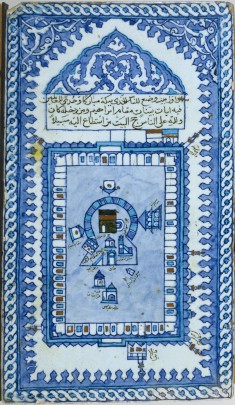
Amy next turned to "what is in the mosque?" and directed our attention to some objects that either depict the mosque or were used in the mosque. The potter who decorated this plate chose to depict an architectural interior- possibly a shrine- as if it were a flat façade, with domes over the building's three principle units. The central niche probably represents a "mihrab," orienting the building to Mecca. The large lamp, rendered here in blue, is typical of traditional lighting fixtures in mosques and other religious buildings. It hangs over a low, cross-shaped bookstand intended to hold a copy of the Qur'an.
In illuminated Qur'ans, medallions are often used to mark chapter headings and titles. Accents and recitation marks, often in red, are marked as aids to those reading aloud. The book should be read from right to left, and from back to front. There were 6 main calligraphic styles. Arabic manuscripts were often printed on paper, introduced in the 8th C. from China, as it was less expensive than parchment.
The divine words were so important to Muslims that the Qur'an was memorized, often in its entirety. Students wrote in ink on Qur'an boards like this one.
Once a verse was memorized, the board was washed off with water, and the student could start afresh. The water was treated with great reverence, for it was believed to contain the words of God. It was saved and used like holy water, and at times was used to ward off illnesses.
The five pillars of Islam are the foundation of Muslim life and belief. They are:
1. Profession of faith
2. Ritual prayer 5x day
3. Charity to the poor
4. Fasting during Ramadan
5. Pilgrimage to Mecca if able at least once during lifetime
Islamic art is often dedicated to one of the five pillars. For example, a mihrab is a niche in a mosque or other Muslim religious building that indicates the direction for prayer toward Mecca. It also recalls the place where the prophet Muhammad stood to lead the early Muslim community in prayer, and symbolizes both the entrance of God's presence into the place of worship and the gateway to heaven. Ceramic plaques in the shape of "mihrabs" are often found in shrines and mausoleums and on tombstones. This mihrab plaque displays a verse that enjoins daily prayer, and marks the direction of prayer toward Mecca.
This plaque was used to print a certificate indicating that the holder had gone to Mecca on pilgrimage. The entire surface of this unusual object is reverse engraved with Qur'anic verses, prayers, and invocations to God, the prophet Muhammad, and other religious leaders.
The three lines of Arabic writing in the upper part of this large, ceramic wall tile are from the third chapter of the Qur'an, and exhort the Muslim faithful to make the pilgrimmage to Mecca. The rest of the tile is given over to a bird's-eye representation of the Great Mosque in Mecca, with the Ka'ba, Islam's holiest shrine, in the center surrounded by various other structures, all identified in Arabic, and a rectangular portico around the courtyard.

Amy next turned to "what is in the mosque?" and directed our attention to some objects that either depict the mosque or were used in the mosque. The potter who decorated this plate chose to depict an architectural interior- possibly a shrine- as if it were a flat façade, with domes over the building's three principle units. The central niche probably represents a "mihrab," orienting the building to Mecca. The large lamp, rendered here in blue, is typical of traditional lighting fixtures in mosques and other religious buildings. It hangs over a low, cross-shaped bookstand intended to hold a copy of the Qur'an.
Islamic religious buildings traditionally were lit with glass lamps, generally called mosque lamps, that hung from chains. In 16th-century Turkey, it was common to make mosque lamps from glazed ceramic and to pair them with round or oval ornaments. Such ceramic pieces were of little use as lighting fixtures. They may have functioned, however, as acoustic devices, hung in groups to soften the echo of voices in the prayer hall. Mosque lamps were also symbols of divine light.
Ornamental spheres symbolized the orb of heaven and were paired with lamps. This piece once hung with a lamp, possibly in either the mosque or mausoleum of Sultan Selim I in Istanbul. The inscription around the body of the sphere is a hadith, or saying attributed to the prophet Muhammad: "The world is only one hour, so hasten to prayer before dying and hasten to repent before death."
Many beautiful items were made for secular use. Items for secular use could include pictorial representations of animals and human figure. The enthroned king in the center of this hammered and carved silver bowl is flanked on the right by an attendant waving a fly whisk and on the left by a noble or princely figure holding a beaded diadem. The ends of the bowl are adorned with dancing girls, whose long scarves fly backward toward the central scene. Such silver vessels were common in Iran during the Sassanian rule, which ended in 651.
This candlestick base from Egypt was commissioned by a royal cupbearer in the late 13th Century. Metalwork was an Islamic art form from earliest times that continued and thrived in the later years. This piece is brass inlaid with silver, gold and copper.
It was not unusual for Christians to patronize Islamic arts, especially luxury arts for secular use. In the 11th - 13th Centuries, large numbers of Christians traveled in Moslem lands, as pilgrims or crusaders. Christian communities were sometimes established in Moslem lands, and Islamic imagery often combines with Christian themes on lovely custom-made glass and metal pieces, like these beakers.
This period is sometimes described as the Crusader period, but Amy would not go so far as to say that they were souvenirs carried back by Crusaders.
Overall, one can be very impressed by the sophistication of Islamic culture and beauty and intricacy of the arts, especially the luxury arts. We ran out of time in the small room dedicated to more secular works, but it is definitely worth a longer visit.
